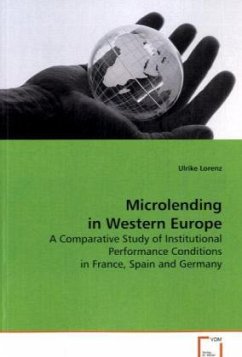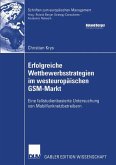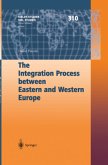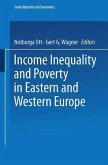Microfinance started as a regionally practised ideain the Southern hemisphere that turned out to becomea major development movement replicated on fivecontinents. Its idea stems from a simple but crucialquestion: Why do poor people often stay poor?As microfinance is perceived to help people to becomeself-supporting, it was only a matter of time that itwould also gain prominence in industrialisedcountries. Yet, whereas microfinance institutions indeveloping countries often provide a broad range offinancial services, organisations in Western Europefocus on microlending. How can this be explained?What constitutes differences between the models?Which variables determine differences of microlendinginstitutions (MLIs) on a national European level?The book analyses the concept of microlending inthree Western European countries - France, Spain andGermany - by assessing relevant conditionsdetermining the performance of MLIs based on thehypothesis that economic activity depends onentrepreneurial culture, the social-political contextand a regulated framework to co-determine economicsuccess.It addresses representatives of lobby groups, NGOsand political economist.
Bitte wählen Sie Ihr Anliegen aus.
Rechnungen
Retourenschein anfordern
Bestellstatus
Storno








